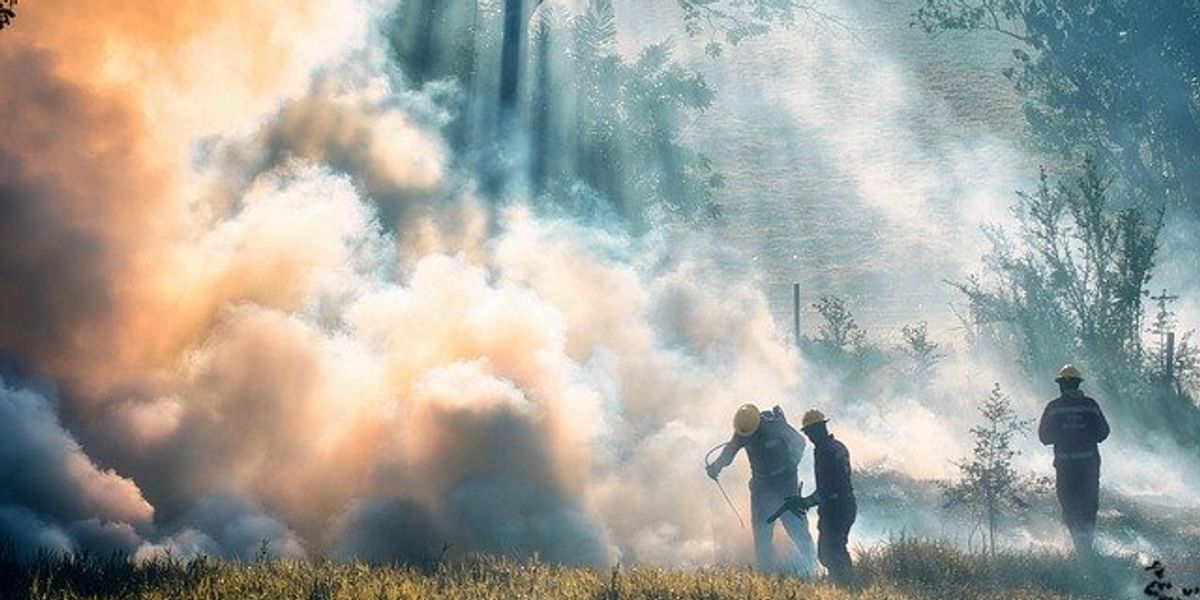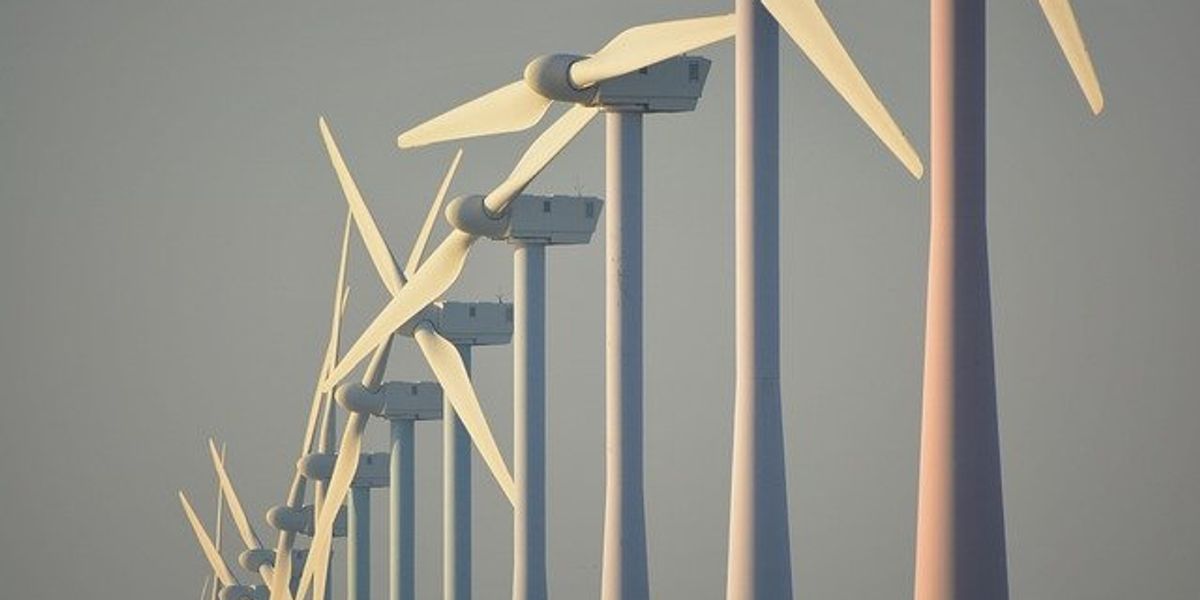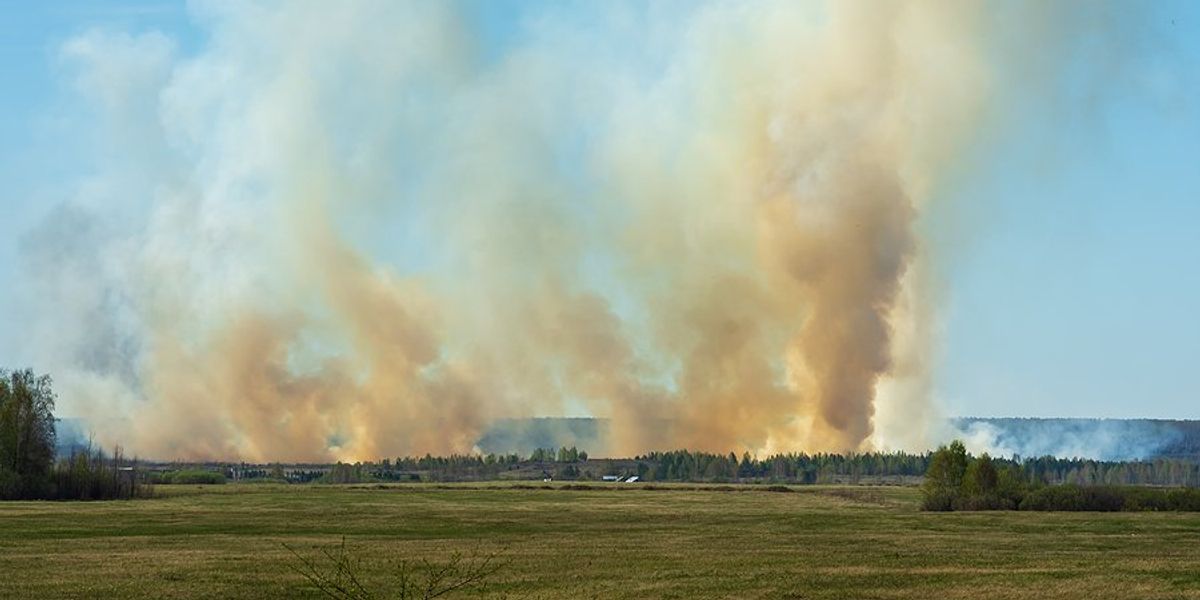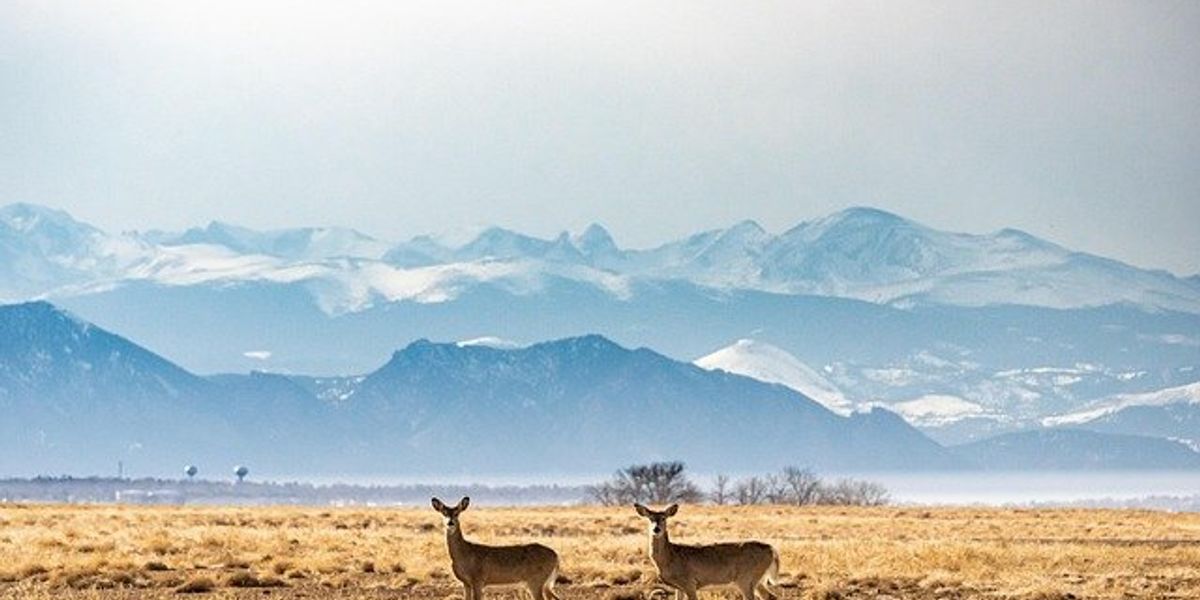
Extreme heat arrives weeks early in India and Pakistan as climate change accelerates
Temperatures above 40C scorched parts of India and Pakistan in April, signaling a troubling shift toward longer and more intense heatwaves across South Asia.
Penelope MacRae reports for The Guardian.
In short:
- April temperatures in parts of India and Pakistan have hit 44C to 50C, up to 8.5C above average, pushing health systems and infrastructure to the brink.
- Scientists say the early and intense heat is now a “new normal,” driven almost entirely by human-caused climate change and worsened by urban heat.
- While Delhi and other cities update heat action plans, uneven infrastructure, weak enforcement, and economic inequality leave millions vulnerable.
Key quote:
“These spring heatwaves are not anomalies. They’re signals. We need to move beyond awareness into action.”
— Gianmarco Mengaldo, climate expert at the National University of Singapore and report co-author
Why this matters:
Prolonged and extreme heat isn't just uncomfortable — it can be deadly. In South Asia, where nearly 2 billion people live, heatwaves are increasingly arriving before people or governments can prepare. As climate change fuels rising temperatures, areas that once had predictable seasonal weather patterns are now facing life-threatening extremes without warning. The poor suffer most. Urban areas compound the crisis — concrete and asphalt trap heat, driving city temperatures several degrees higher than in rural regions. Scientists warn that what we’re witnessing today was once predicted for decades in the future. Climate models may have underestimated how fast extreme heat would become the norm. Even in wealthier cities like Delhi, updated emergency plans can’t keep pace with the rising threat, especially as aging power grids fail under surging demand. With every additional degree, the margin for safety narrows.
Learn more:













